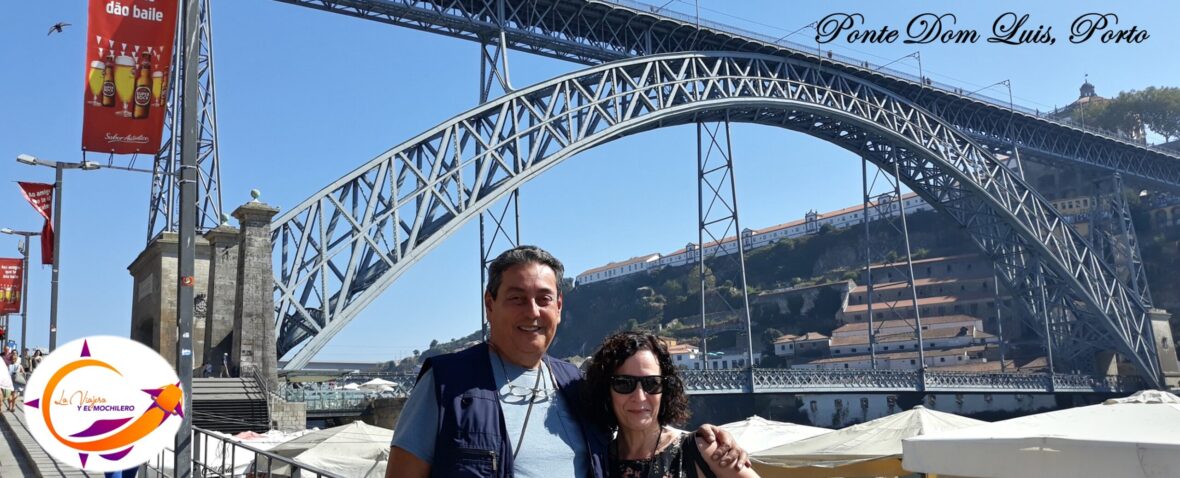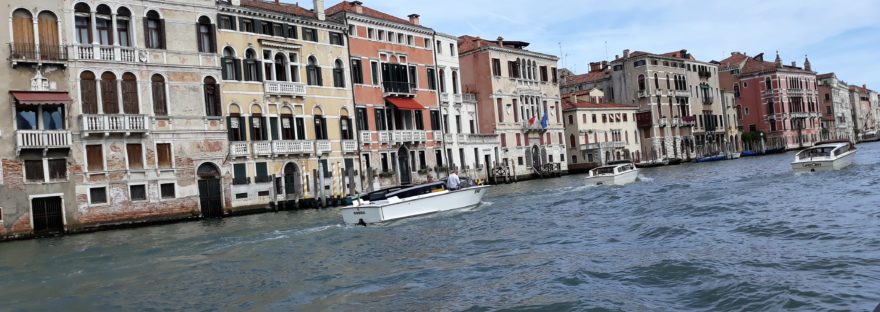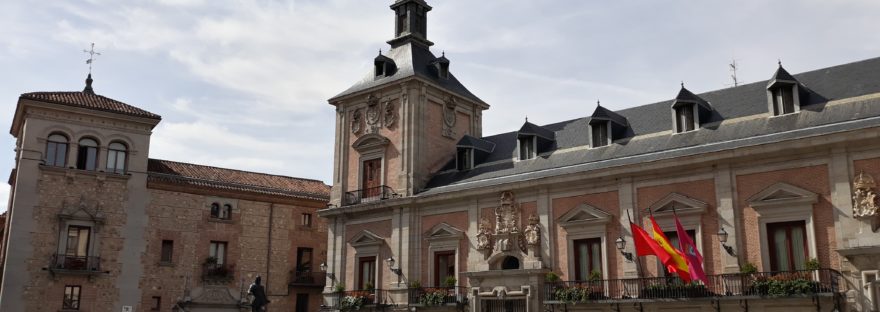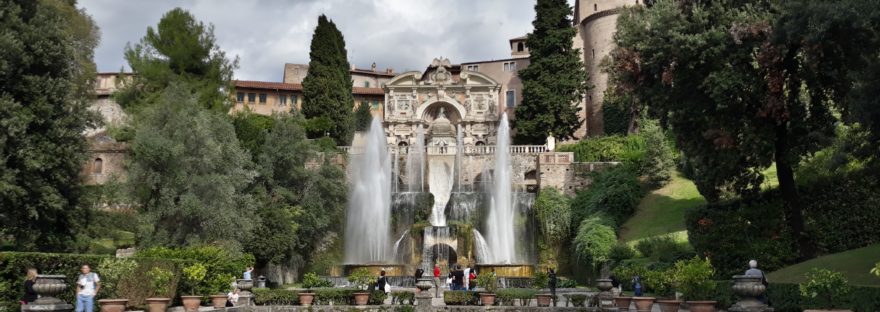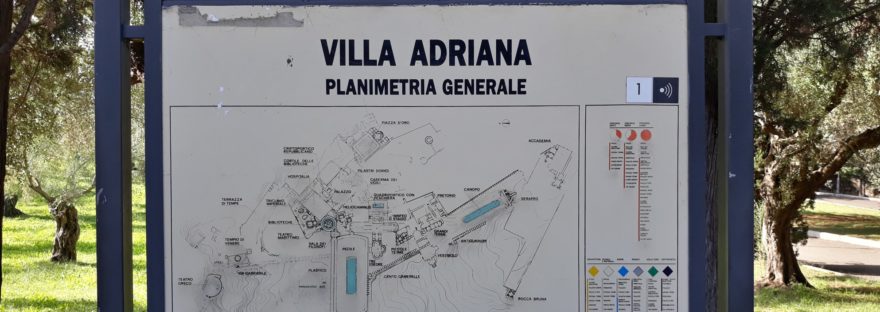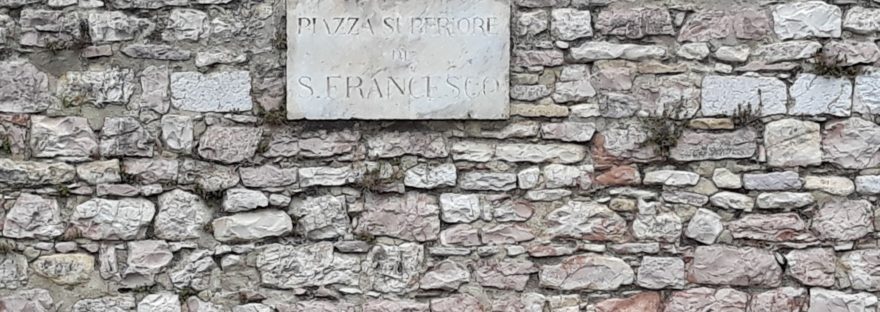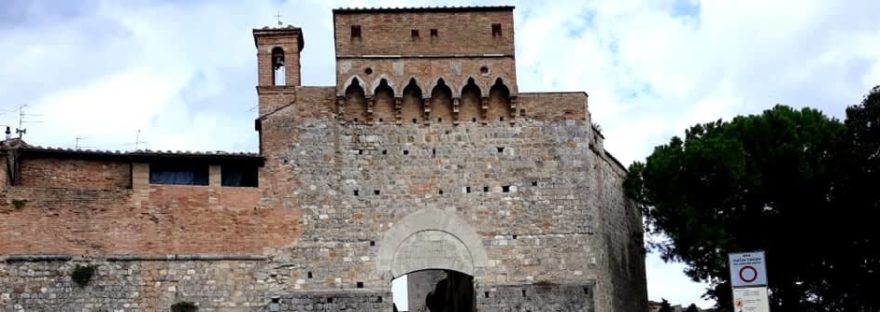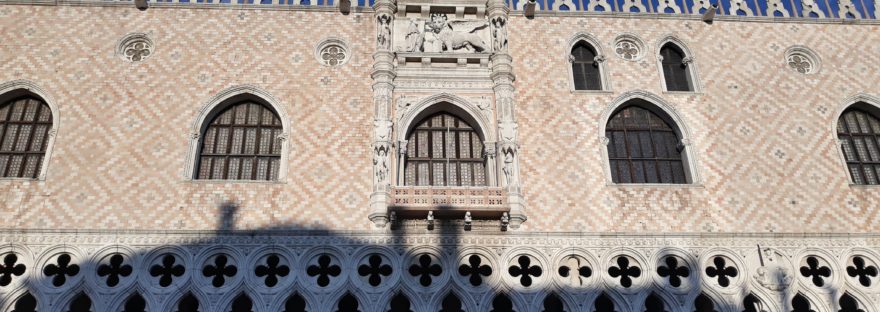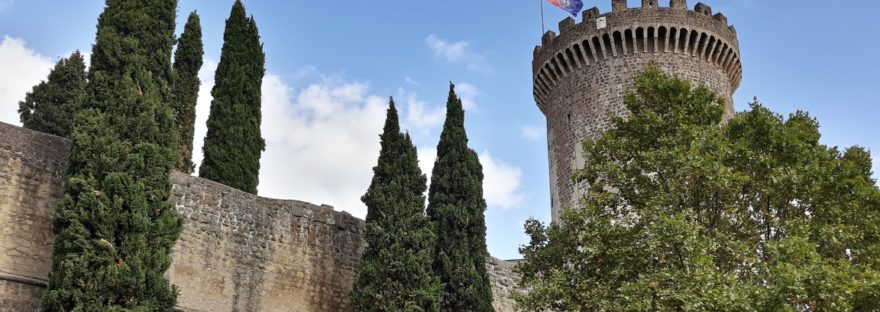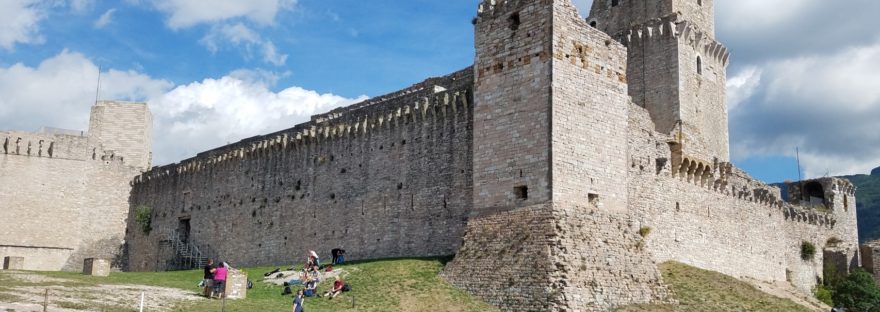In northeastern Italy there are 118 islands in the Adriatic Sea, which together are known as Venice, the “Floating City”. As expected, Venice has its own “floating cathedral”, we are referring to the beautiful St. Mark’s Basilica. Continue reading “The floating cathedral of Italy”
Category: Blog English
The Plaza of the Villa – Madrid
Initially known as the Plaza Saint Salvador, the Plaza of the Villa was one of the main medieval centers of the Villa of Madrid. King Henry IV of Castile granted the title of “Noble and Loyal Vlla” to Madrid in the fifteenth century and, therefore, the change in the name of the square.
The Legacy of Cardinal d’Este, Villa d’Este, Tivoli
Villa d’Este is located in the town of Tivoli, Italy. In order to understand origen of the Villa d’Este, we must go back to the fourth century, when Christianity becomes the official religion of the Roman Empire. Once this happens, the bishops of Rome began to acquire a substantial amount of property around Rome (known as the Patrimony of St. Peter) and what is known as central Italy. This eventually evolved into the “Papal States” and included the regions of Lazio, Marche, Umbria and part of Emilia-Romagna. The Church’s control over these areas was unquestionable.
Continue reading “The Legacy of Cardinal d’Este, Villa d’Este, Tivoli”
Hadrian’s Villa, Tivoli
Hadrian’s Villa is located on the plains at the foot of the Sabine hills and just below the city of Tivoli. Reaching the top of the villa requires a steep hike, which is rewarded in contemplating the beauty of the Villa. The site remains an archaeological complex, reminding us with its ruins of a powerful Roman Empire.
Basilica of Saint Francis of Assisi
In the hills of Umbria, Italy, and less than 160 kilometers north of Rome, stands the medieval city of Assisi. This was the birthplace of Francesco di Pietro di Bernardone (baptized as Giovanni di Pietro) from the 12th century and which became known as Saint Francis of Assisi.
San Gimignano, Italy
High on a hill along the old pilgrimage route of “Via Francigena” in Tuscany, we find the “City of Fine Towers”, San Gimignano. The name of the city arises in honor of “San Geminiano”. Continue reading “San Gimignano, Italy”
The Doge’s Palace
The Republic of Venice was a sovereign and independent state for more than 1,000 years, which ended in the 18th century. The main responsible leader and supreme magistrate of this Republic was the “Dux”, chosen for life by the aristocratic families of Venice. The Ducal Palace was the residence of this elected official. It is comparable today with the “White House,” Buckingham Palace and other official residences of rulers and leaders around the world. Continue reading “The Doge’s Palace”
The Gates of Toledo
The city of “Toletum”, now Toledo, Spain, was known before Roman times for being a “small town fortified by its location”. Rome further fortified the city with walls and access achieved through a series of gates or portals. The Moors added their signature traits to ensure the city even more.
Tivoli, home of the Roman villas
Along the western slopes of the Sabine hills and approximately 20 miles from Rome, we find the city of Tivoli. It is believed that the city was originally founded as Tibur and its history dates back to the 13th century B. C.
The “Rocca Maggiore” – Assisi
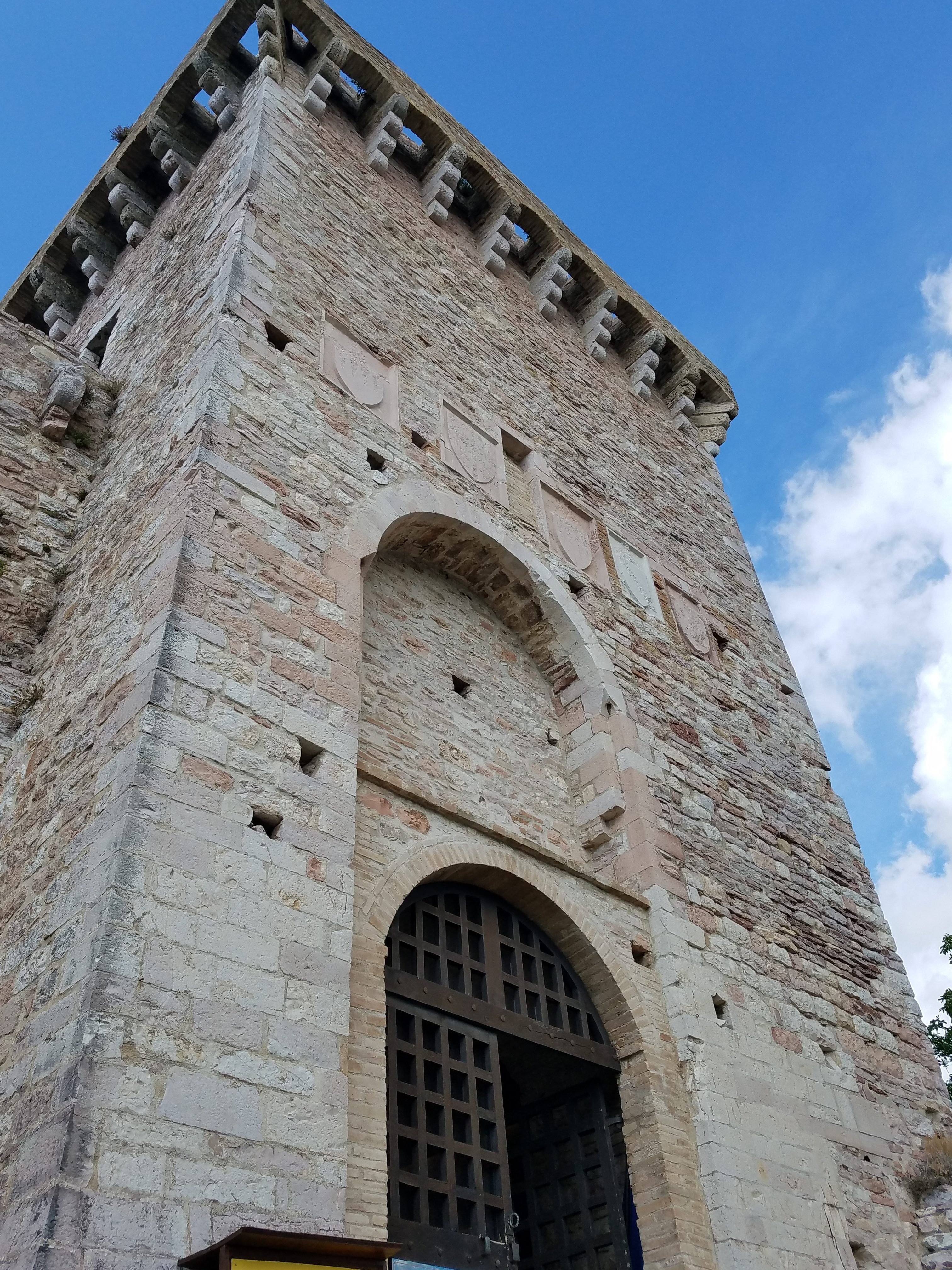 In 1173, Assisi was occupied by the Germans. It is then that a castle is built above this Italian city, on the slopes of Mount “Subasio” of the “Apennine” mountain range. It would serve as a fort to protect a future emperor. This castle is known as “Rocca Maggiore” (The Rock). The heir and future Roman emperor, Fredrik II, was just an infant when during a civil revolt of the town of Assisi in 1198, his entourage left the castle taking the child. During this revolt, the “Rocca Maggiore” suffered considerable damage. Continue reading “The “Rocca Maggiore” – Assisi”
In 1173, Assisi was occupied by the Germans. It is then that a castle is built above this Italian city, on the slopes of Mount “Subasio” of the “Apennine” mountain range. It would serve as a fort to protect a future emperor. This castle is known as “Rocca Maggiore” (The Rock). The heir and future Roman emperor, Fredrik II, was just an infant when during a civil revolt of the town of Assisi in 1198, his entourage left the castle taking the child. During this revolt, the “Rocca Maggiore” suffered considerable damage. Continue reading “The “Rocca Maggiore” – Assisi”
